A FRENCH GILT BRASS AND GLASS-BEAD HIGHLIGHTED PORCELAIN MANTEL CLOCK GARNITURE ACHILLE BROCOT, PARIS, WITH PANELS BY BARLUET ET CIE, CRIEL AND MONTEREAU, CIRCA 1890 The circular two train eight-day gong striking movement with anchor escapement regulated by disc bob pendulum incorporating Brocot type regulation to suspension, the backplate stamped with oval star-centred trademark AB over serial number 2164 15.5, the circular cream ground porcelain dial decorated with butterfly inhabited silver and gilt floral spray incorporating yellow/orange glass bead applied infill to the wings of the insect within Roman numeral cartouche chapter ring, with blued steel hands within canted brass bezel, the break-arch case with surmount cast as a twin handled urn resting on scrolls and with four foliate bud finials to angles over moulded cornice and front inset with a concave-topped porcelain panel beneath the dial decorated with two butterflies incorporating toned glass bead applied infill to the wings set within gilt and silvered flowering foliage, the rear of the panel with an underglaze trademark mark B & CIE, DEPOSE, CRIEL ET MONTEREAU and inscribed in puce script 4576, Papillon, on skirt base with generous gilt and silvered acanthus cast top moulding and toupe feet; the garniture side pieces each formed as a twin handled urn with pineapple finial over conforming bead decorated butterfly inhabited flowering foliage to the shouldered ovoid porcelain body and leaf cast foot. The clock 34cm (13.5ins) high, 18cm (7ins) wide, 13cm (5ins) deep; the side pieces 25.5cm (10ins) high, 11.5cm (4.5ins) wide. Provenance: Private collection, East Midlands. Achille Brocot is recorded in Allix, Charles and Bonnert, Peter CARRIAGE CLOCKS, Their history and development as born in 1817 and died in 1878. The Museums Victoria (Australia) website notes that Achille patented several improvements in clock mechanism escapements, and invented the 'Brocot Suspension', an adjustable pendulum spring which enabled time keeping to be regulated by altering the length of the pendulum suspension spring by a key turned in the dial. He also introduced a jewelled deadbeat escapement, sometimes called a visible escapement as it was often mounted in the middle of the dial. Achille was awarded a first class medal at the Paris Exhibition in 1855, and in 1856 was appointed Treasurer to La Société des Horlogers in Paris. He published a "Calculation of the Wheels by Approximation" in 1862. His sons Achille and Paul continued the business following Achille senior's death 1878. The firm was taken over by rival clock maker Gustave Gibaudet in 1889. The origins of the porcelain elements can be traced to back to Louis-Martin Lebeuf (1792-1854) and Jean Baptiste Garften Millet (1797-1875) who purchased the combined faience factories of Criel and Montereaux in 1841 (which had been under the same ownership since 1819). They employed George Vernon and his son of the same name as art directors who were subsequently succeeded by Henry Félix Anatoie Barluet at some point after 1849. Barluet went on to create a worker city to house his employees, however the Criel factory was sadly destroyed by fire in 1895 leaving the Montreaux factory to continue alone in the production of pottery and soft paste porcelain well into the 20th century. The porcelain sections of the current lot are unusual in that they incorporate applied clustered coloured glass bead infill to the wings of the butterflies which catches and reflects light in such a way as to bring the insects to life. This is due to the intensity of the reflected light changing as the angle from which they are viewed varies, and is particularly effective when lit straight-on by a single source. This scarce form of decoration is normally only seen on a select few carriage clock cases with two examples illustrated in Roberts, Derek CARRIAGE and other Travelling CLOCKS pages 158-59 (Figs 9.55 and 9.56). The presence of the Barluet et Cie mark on th
A FRENCH GILT BRASS AND GLASS-BEAD HIGHLIGHTED PORCELAIN MANTEL CLOCK GARNITURE ACHILLE BROCOT, PARIS, WITH PANELS BY BARLUET ET CIE, CRIEL AND MONTEREAU, CIRCA 1890 The circular two train eight-day gong striking movement with anchor escapement regulated by disc bob pendulum incorporating Brocot type regulation to suspension, the backplate stamped with oval star-centred trademark AB over serial number 2164 15.5, the circular cream ground porcelain dial decorated with butterfly inhabited silver and gilt floral spray incorporating yellow/orange glass bead applied infill to the wings of the insect within Roman numeral cartouche chapter ring, with blued steel hands within canted brass bezel, the break-arch case with surmount cast as a twin handled urn resting on scrolls and with four foliate bud finials to angles over moulded cornice and front inset with a concave-topped porcelain panel beneath the dial decorated with two butterflies incorporating toned glass bead applied infill to the wings set within gilt and silvered flowering foliage, the rear of the panel with an underglaze trademark mark B & CIE, DEPOSE, CRIEL ET MONTEREAU and inscribed in puce script 4576, Papillon, on skirt base with generous gilt and silvered acanthus cast top moulding and toupe feet; the garniture side pieces each formed as a twin handled urn with pineapple finial over conforming bead decorated butterfly inhabited flowering foliage to the shouldered ovoid porcelain body and leaf cast foot. The clock 34cm (13.5ins) high, 18cm (7ins) wide, 13cm (5ins) deep; the side pieces 25.5cm (10ins) high, 11.5cm (4.5ins) wide. Provenance: Private collection, East Midlands. Achille Brocot is recorded in Allix, Charles and Bonnert, Peter CARRIAGE CLOCKS, Their history and development as born in 1817 and died in 1878. The Museums Victoria (Australia) website notes that Achille patented several improvements in clock mechanism escapements, and invented the 'Brocot Suspension', an adjustable pendulum spring which enabled time keeping to be regulated by altering the length of the pendulum suspension spring by a key turned in the dial. He also introduced a jewelled deadbeat escapement, sometimes called a visible escapement as it was often mounted in the middle of the dial. Achille was awarded a first class medal at the Paris Exhibition in 1855, and in 1856 was appointed Treasurer to La Société des Horlogers in Paris. He published a "Calculation of the Wheels by Approximation" in 1862. His sons Achille and Paul continued the business following Achille senior's death 1878. The firm was taken over by rival clock maker Gustave Gibaudet in 1889. The origins of the porcelain elements can be traced to back to Louis-Martin Lebeuf (1792-1854) and Jean Baptiste Garften Millet (1797-1875) who purchased the combined faience factories of Criel and Montereaux in 1841 (which had been under the same ownership since 1819). They employed George Vernon and his son of the same name as art directors who were subsequently succeeded by Henry Félix Anatoie Barluet at some point after 1849. Barluet went on to create a worker city to house his employees, however the Criel factory was sadly destroyed by fire in 1895 leaving the Montreaux factory to continue alone in the production of pottery and soft paste porcelain well into the 20th century. The porcelain sections of the current lot are unusual in that they incorporate applied clustered coloured glass bead infill to the wings of the butterflies which catches and reflects light in such a way as to bring the insects to life. This is due to the intensity of the reflected light changing as the angle from which they are viewed varies, and is particularly effective when lit straight-on by a single source. This scarce form of decoration is normally only seen on a select few carriage clock cases with two examples illustrated in Roberts, Derek CARRIAGE and other Travelling CLOCKS pages 158-59 (Figs 9.55 and 9.56). The presence of the Barluet et Cie mark on th

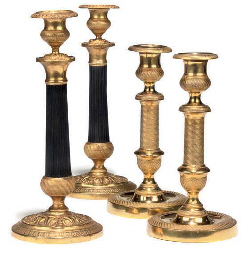
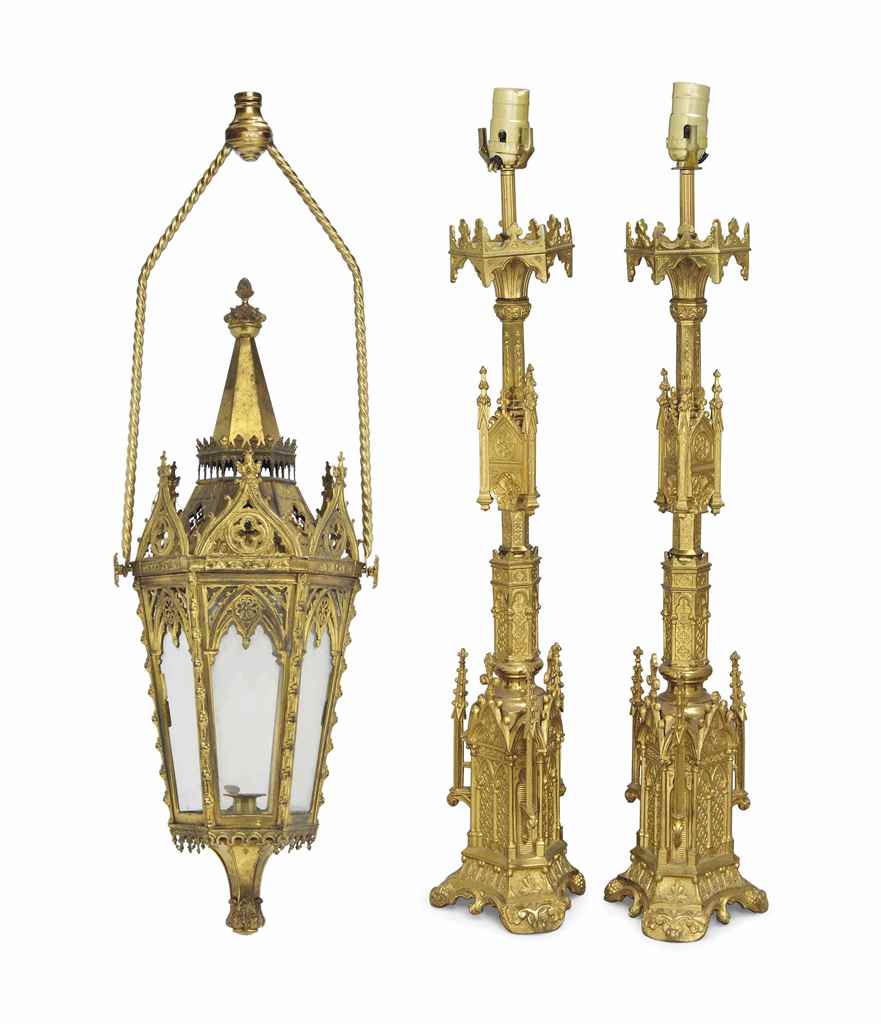

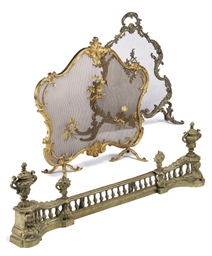
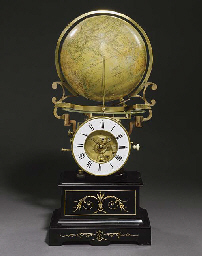
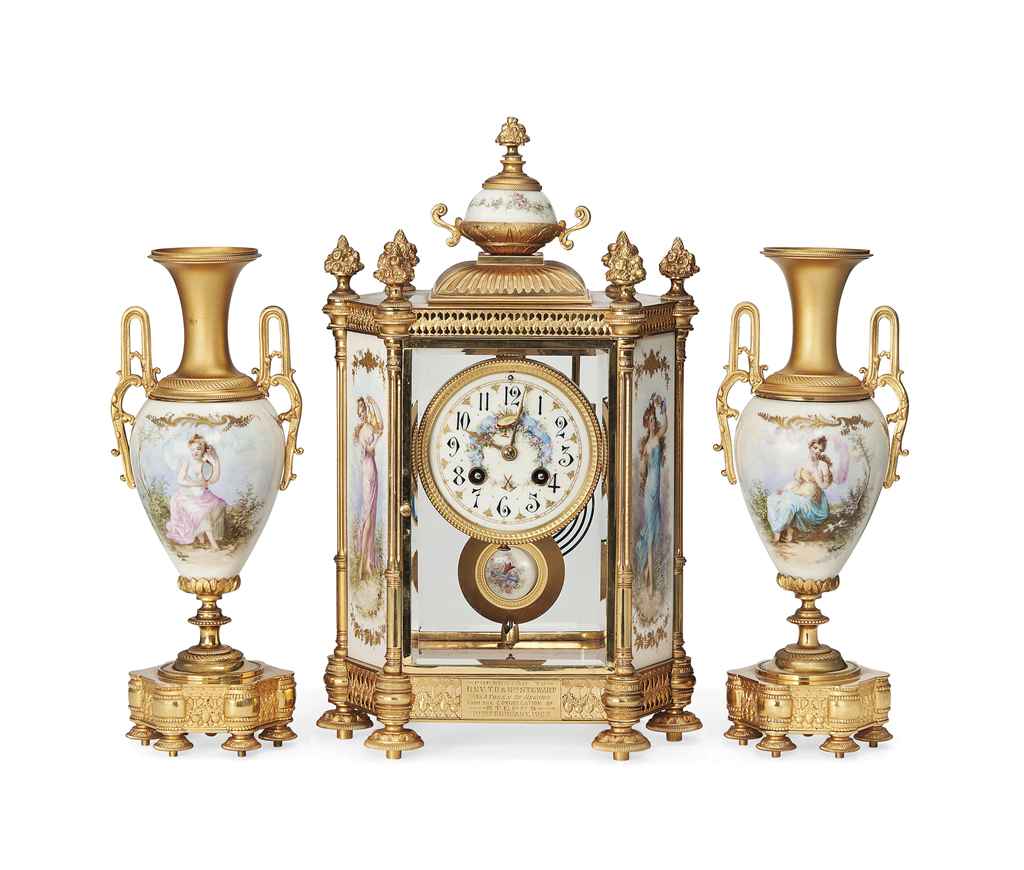

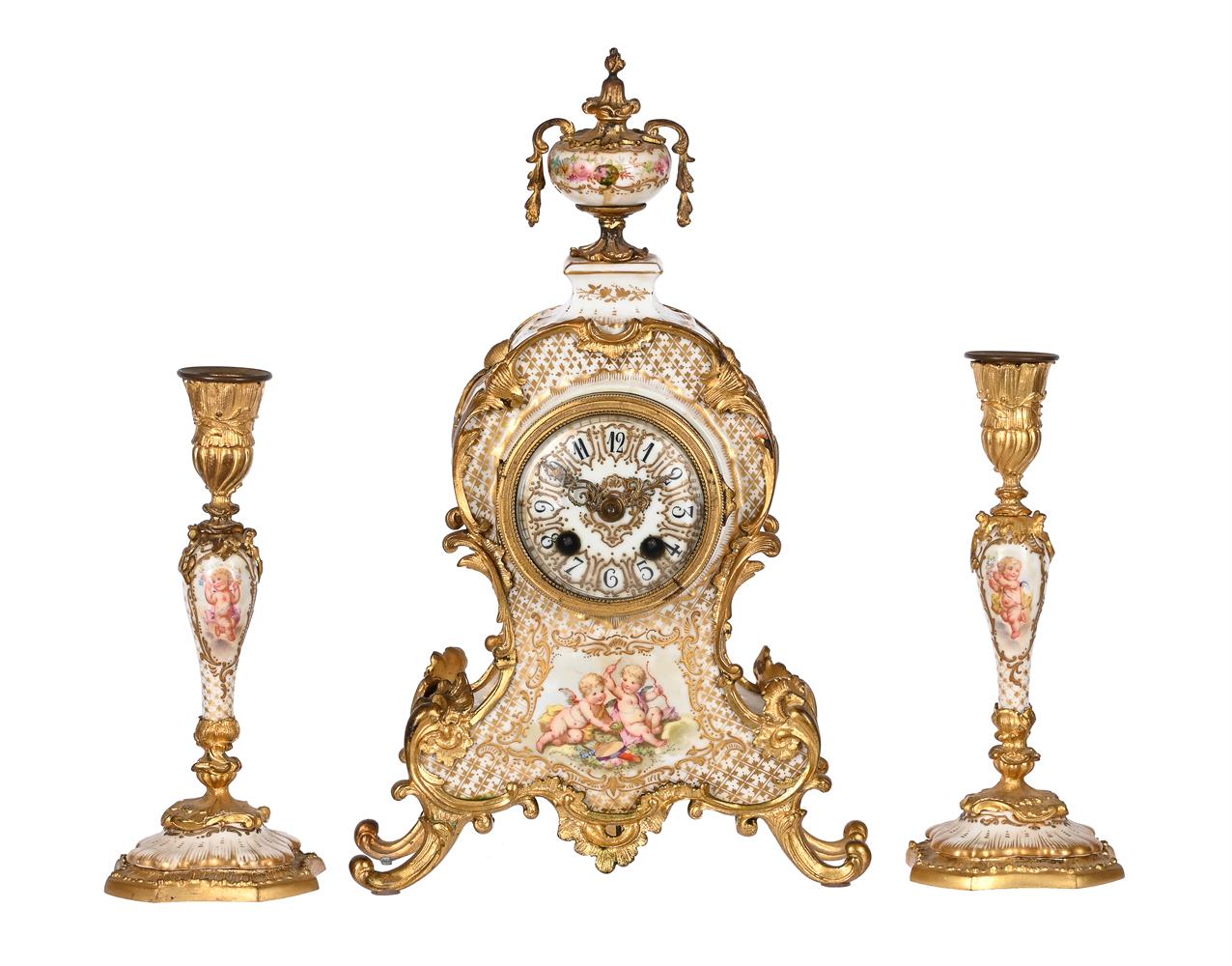
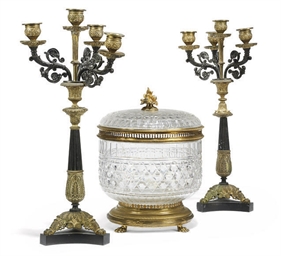
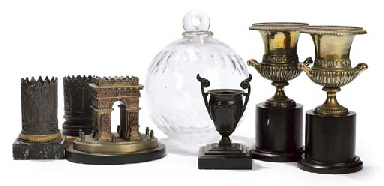
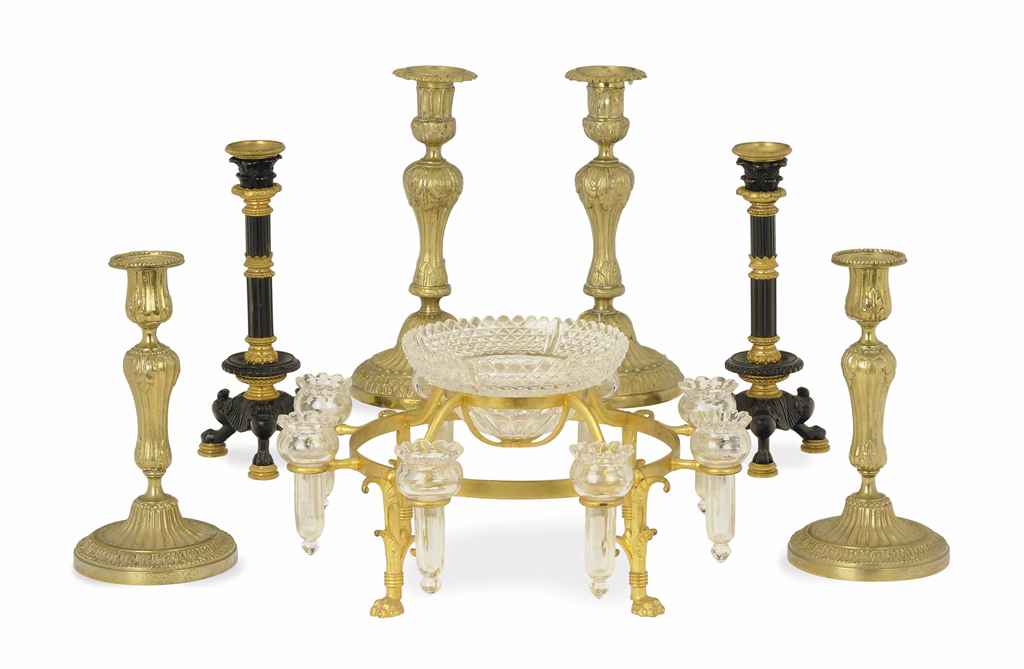
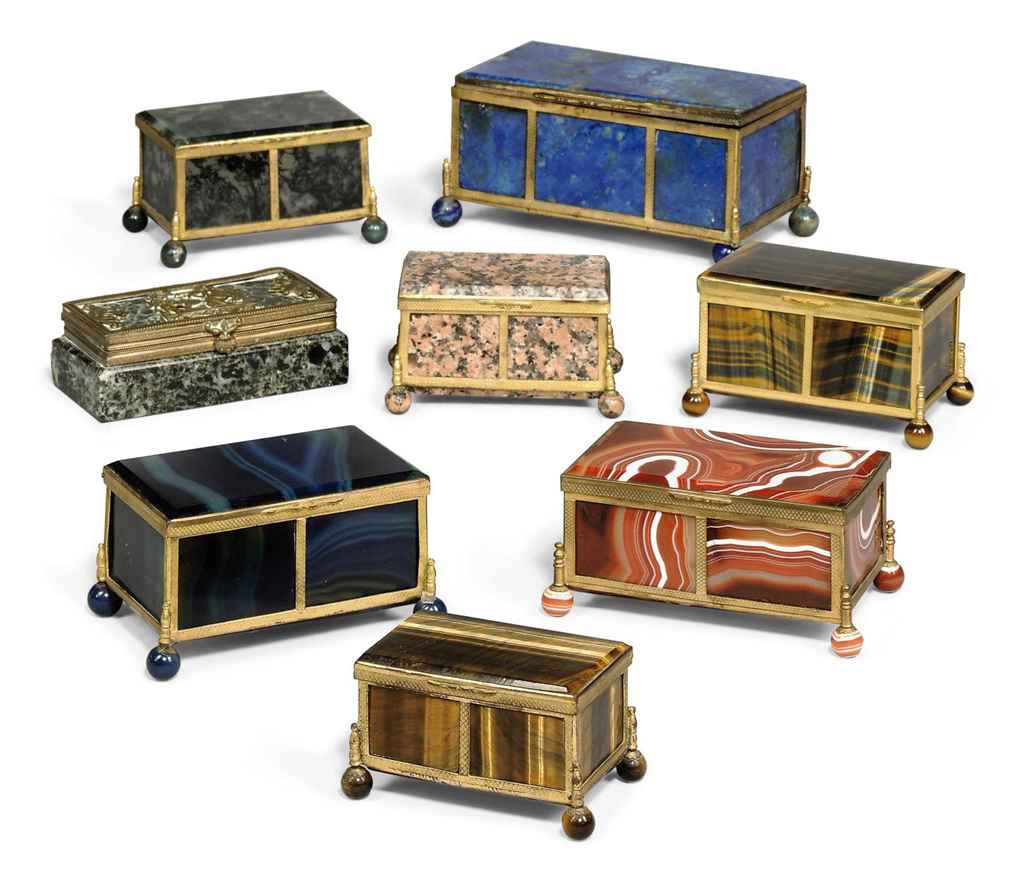
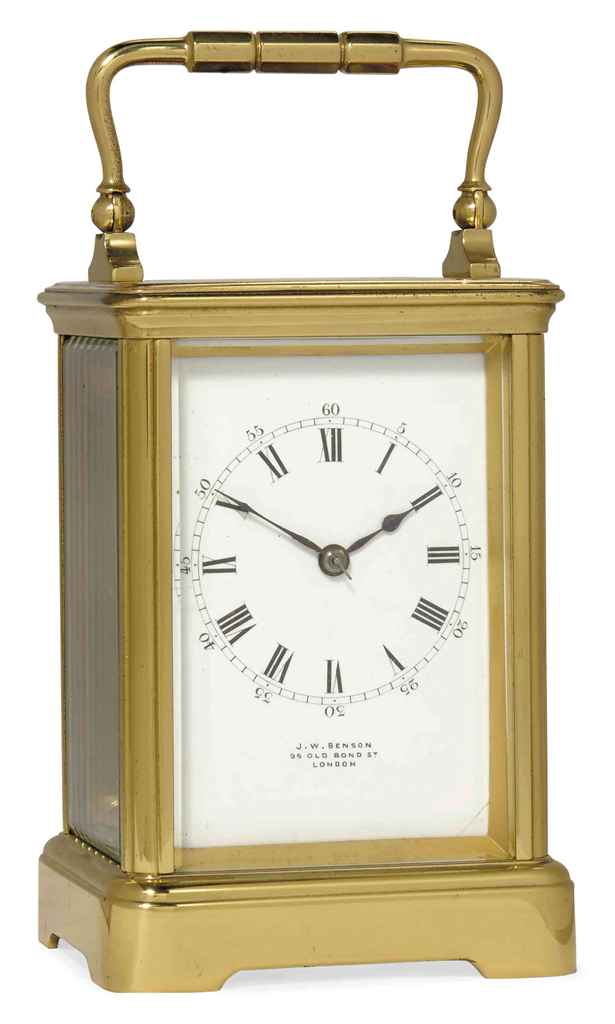

Testen Sie LotSearch und seine Premium-Features 7 Tage - ohne Kosten!
Lassen Sie sich automatisch über neue Objekte in kommenden Auktionen benachrichtigen.
Suchauftrag anlegen